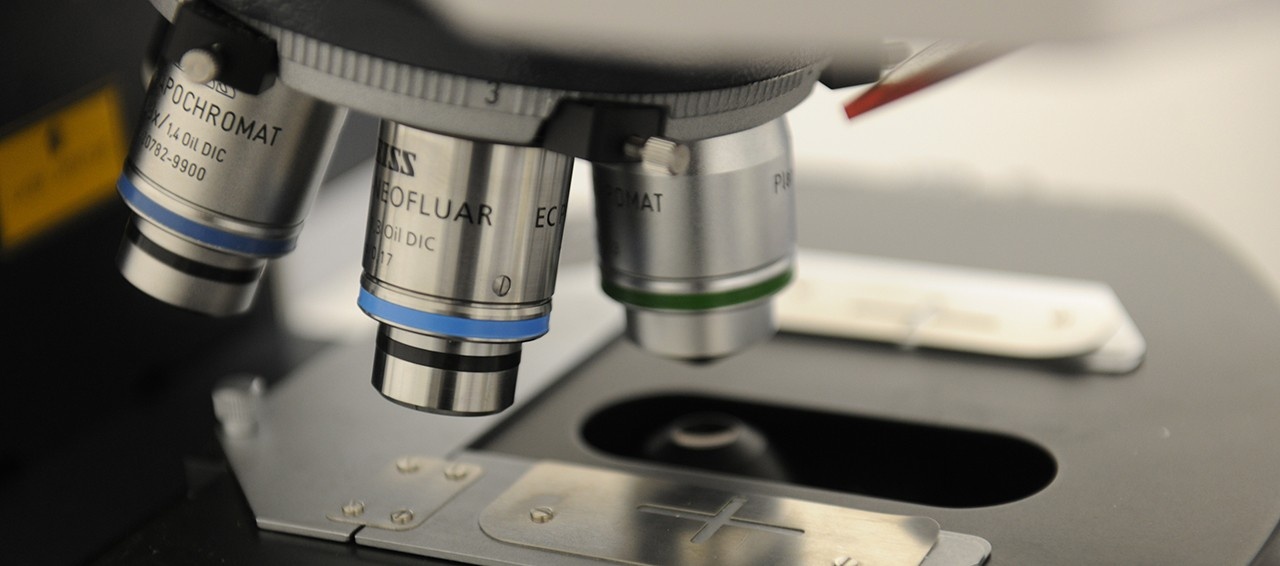Brendan Leung
Associate Professor, Department of Applied Oral Sciences, School of Biomedical Engineering

Contact
Brendan M. Leung, PhD
Office: Dentistry building, room 5193
Email: bleung@dal.ca
Phone: 902-494-8813
Web:
We are currently seeking enthusiastic graduate level trainees (MASc and PhD) from various disciplines, including biology (cell, molecular, computational), chemistry and engineering (chemical, mechanical, material science). Students with other scientific backgrounds who are interested in our research are also encouraged to apply.
My research program focuses on the development of advanced tissue construct platforms and assay technologies to understand fundamental phenomenon that govern tissue homeostasis and responses in human diseases. Specifically Iām interested in creating in vitro tools to understand the role of human associated microbes in chronic disease, including metabolic syndrome, fibrosis and cancer.
Our Group
We are a multidisciplinary research group focused on the development of tissue-based culture platforms to understand cell organization and remodeling in response to microbial pathogens and the early stages of diseases such as cancer and fibrosis. We use novel approaches that combine multiple tissue components, including epithelium, mesenchyme, immune cells and microbial colonies, in a minimalistic fashion to recapitulate tissue level phenomenon, while maintaining the ability to gather meaningful measurements. We are also invested in the creation and/or adaptation of cutting edge methods to perturb these engineered tissue models in order to facilitate our research.
Ģż
Current Projects
| Microtissue- and acini-based culture platform: The epithelium represents a major class of tissue architecture with unique functions. It serves as a regulator of mass transport, defense against pathogens, and source of mucosal extracellular matrix (ECM). Dysregulation of the normal turnover of epithelial cells has been implicated as the cause of several chronic diseases, including fibrosis and cancer. The current gold standard for studying epithelium function in vitro is the transwell culture. However, the lack of physiologically relevant dimensional cues and mismatched material properties between cells and polymer membranes can lead to unnatural epithelium morphologies and functions. Our proposed solution is to use three-dimensional epithelial acini as a long-term and physiologically relevant epithelium model. Using this platform we aim to understand the role of stromal tissue remodeling on epithelium function and progression of diseases. |
| Bioprinted human-microbe culture models: Human beings live alongside a vast variety of microorganisms in the environment, many of which reside within us and in direct contact with our mucosal epithelium (e.g oral, airways and gut). Recent research has highlighted the associations between microbes and human health, from metabolic diseases to cancers. However, little is known about the mechanisms of these interactions due to the lack of translatable in vivo and in vitro models. To date, few in vitro systems are able to co-culture human cells and microbes in a defined and repeatable fashion. Our group aims to address this problem by using advanced bioprinting techniques and formulations to confine bacterial colonies in direct co-culture with engineered human tissue (see project 1). In an earlier study we have successfully cultivated bacteria biofilm on an epithelial cell monolayer using an aqueous two-phase system (ATPS). The goal here is to expand on this concept to create long-term, multiplexed bacteria colonies on a 3-D epithelium model to study human microbiome related diseases. |
| Modulation of tumor tissue microenvironment using therapeutic inorganic ion releasing glass: Over the course of tumor development, its microenvironment becomes increasingly depleted in nutrients (glucose, oxygen etc.) due to poor mass transport. In response, tumor cells develop a variety of coping mechanisms, including altered metabolic and signaling pathways. One strategy to combat tumors is by interrupting these survival mechanisms. This can be achieved by sustained local release of therapeutics in the tumor microenvironment. To this end, degradable bioactive glass material capable of releasing therapeutic inorganic ions (TII) presents a unique intervention modality. In collaboration with Dr. Daniel Boyd we aim to develop novel TII-glass compositions that can 1) interfere with tumor-specific metabolic pathways, and 2) abolish tumor permissive phenotypes of local immune cells (macrophages and dendritic cells). These materials may have the potential to augment current anti-cancer treatment regimes or be used as standalone therapeutic options. |
Ģż
Selected Publications
| Leung B.M.*, Moraes C*, Cavnar S.P., Luker K.E., Luker G.D. Takayama S., āMicroscale 3D collagen cell culture assays in conventional flat-bottom 384-well platesā Journal of Laboratory Automation, DOI: 10.1177/2211068214563793 (2014) |
| Leung, B.M.*, Lesher-Perez, S.C.*, Matsuoka, T., Moraes, C., Takayama, S., āMedium Additives to promote circularity and compactness in hanging drop spheroid culture.ā, Biomaterial Sciences, DOI:10.1039/c4bm00319e, (2014) |
| Dwidar M., Leung B.M., Yaguchi T., Takayama S., Mitchell R.J., "Patterning bacterial biofilm on epithelial cells", PloS one 8, e67165, doi:10.1371/journal.pone.0067165 (2013) |
| Leung B.M., Miyagi Y., Li R.K., Sefton M.V., āFate of modular cardiac tissue constructs in a syngeneic rat modelā, Journal of Tissue Engineering and Regenerative Medicine, doi:10.1002/term.1724 (2013) |
| Yaguchi T., Dwidar M., Byun C.K., Leung B.M., Lee S., Chi Y.K., Mitchell R.J., Takayama S., "Aqueous two-phase system -derived biofilm for bacterial interaction studies", Biomacromolecules 13, 2655-2661, doi:10.1021/bm300500y (2012) |
| Leung B.M., Sefton M.V., āA modular approach to cardiac tissue engineeringā, Tissue Engineering. Part A 16, 3207-3218, doi:10.1089/ten.TEA.2009.0746 (2010) |
* Denotes equal contribution
